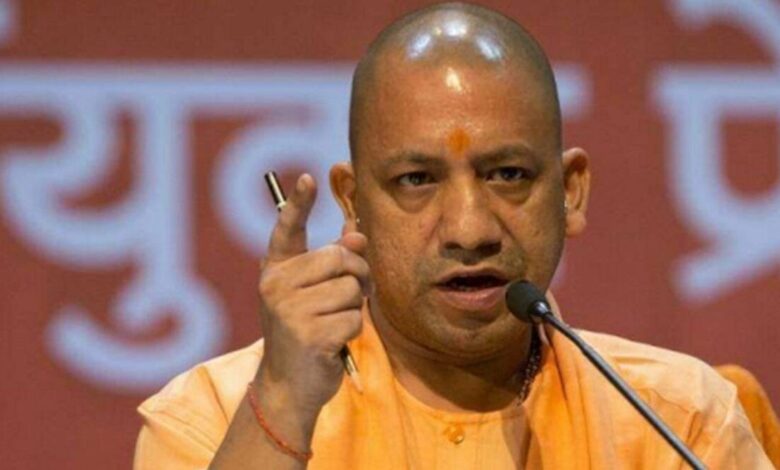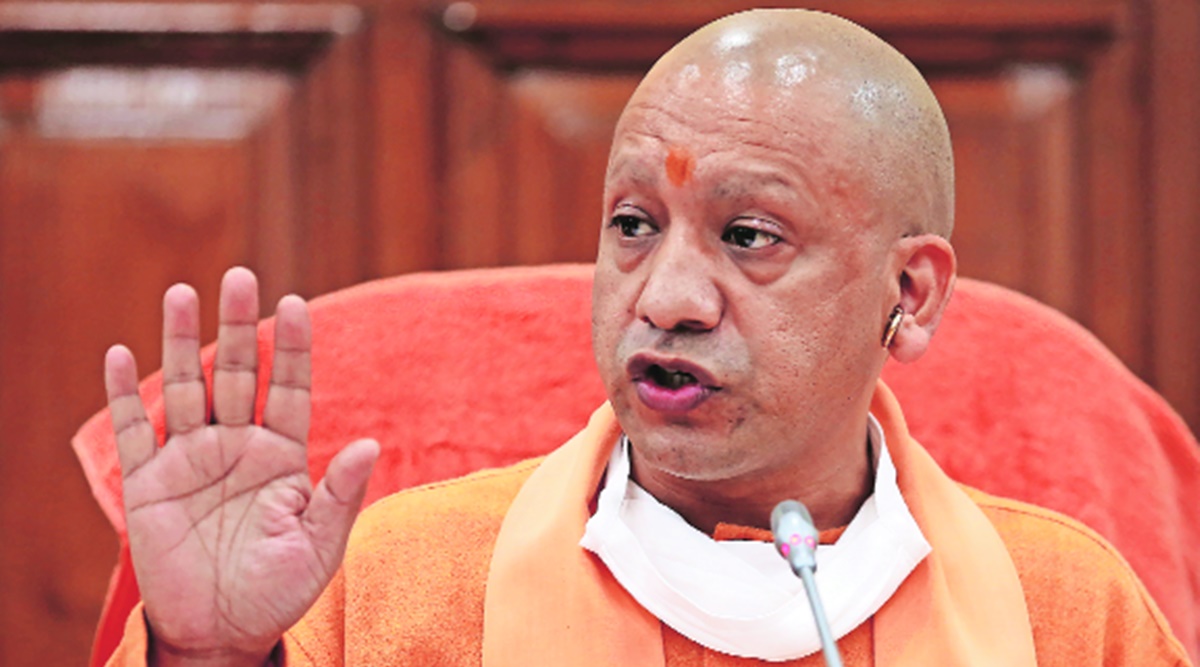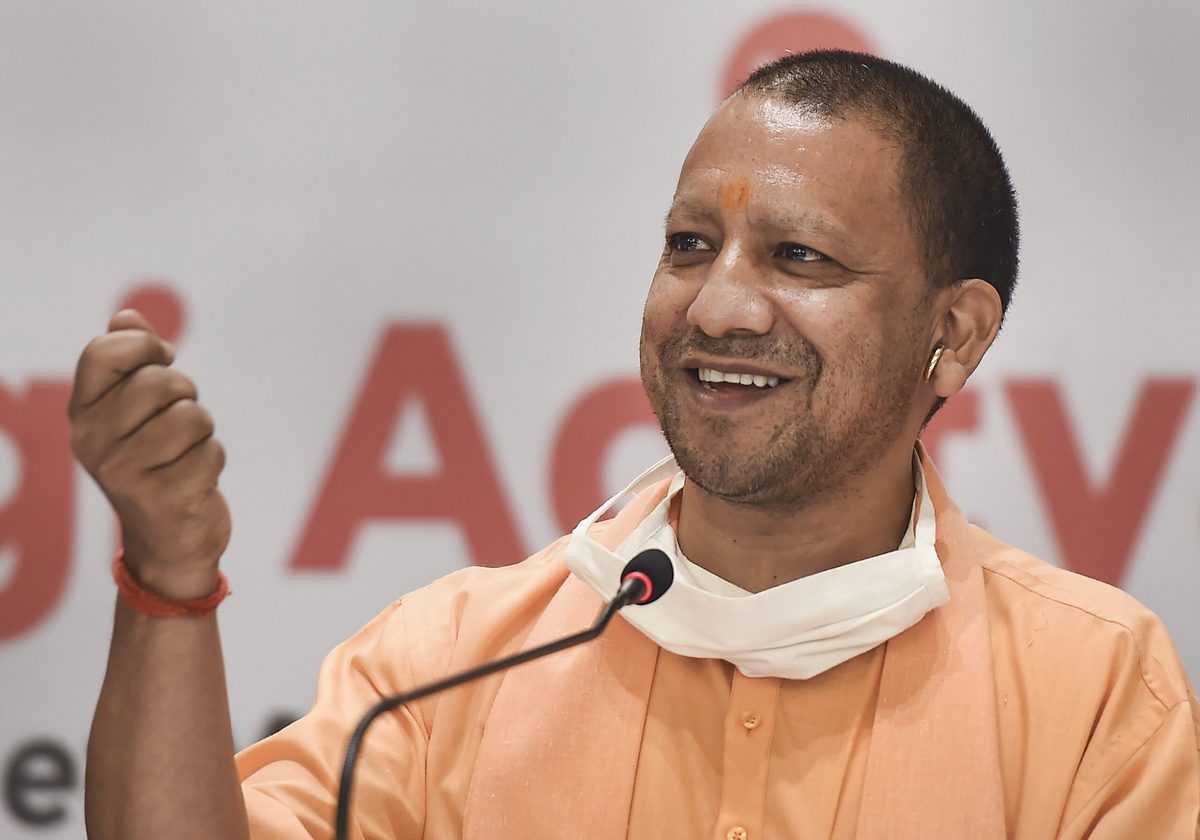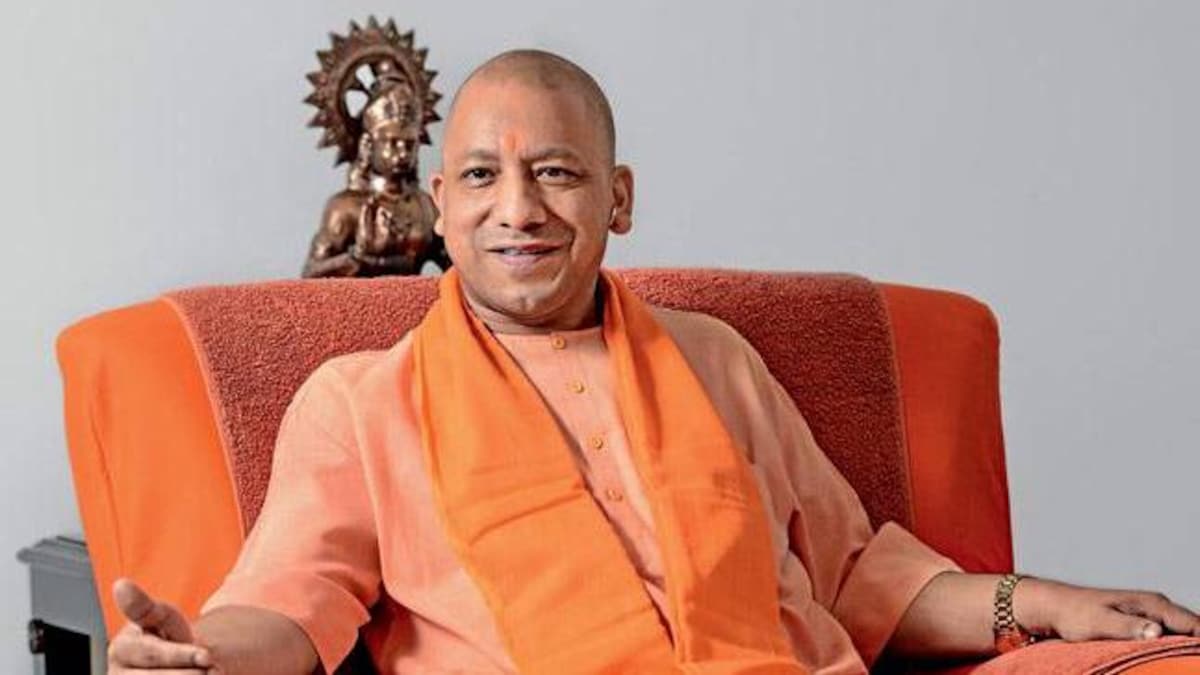Yogi Adityanath believes that the 5 Years BJP’s rule in Uttar Pradesh will be remembered for Suraksha and Sushasan.

Yogi Adityanath 5 Years BJP’s rule in Uttar Pradesh
BJP’s rule in Uttar Pradesh: Since we view service like the natural “Ram Rajya,” Uttar Pradesh Chief Minister Yogi Adityanath started on December 16 that promises made by the BJP before winning the elections of the government in 2017 had been fulfilled. He credited the BJP’s non-appeasement policy for the “tremendous progress” of every part of society during the past four and a half years.
Before the elections in Uttar Pradesh, Chief Minister Nitish Kumar presents a review of four-and-a-half years of BJP rule. Yogi Adityanath says that the state has gone through a “complete transformation.” He says the nation’s perception has changed, as well as its perception of the world. He has taken strict actions against the mafia and criminals during his tenure, so there have been no riots since 2017.
`We are delivering government programs to all parts of society, including the poor, farmers, and youths,’ Yogi said, adding that the state and central governments delivered several welfare schemes at the grassroots without prejudice.
The CM described socialism as the “greatest superstition” during the final sitting of the Uttar Pradesh Legislative Assembly, where his government presented its second supplementary budget.
“There are several impostor brands,” he remarked, citing family socialism, mafia socialism, anarchist socialism, riot socialism, and terrorist socialism as samples.

According to the chief minister, the people of the state hold begun to believe that socialism is a red alert that must stop.“The largest superstition of this century is socialism, and it has many fake brands,” UP Chief Minister Yogi Adityanath said.
He attacked the Opposition party over several laws, comparing it with the previous government of the Samajwadi Party.
Government jobs are subjected to allegations of corruption and nepotism.
Every time there was a vacancy in the government, family members used to extort money. As the chief minister pointed out, there has never been any allegation of extortion or bribery in filling up vacancies during his four-and-a-half years of rule. He added that a climate of security, transparency and the ability to make spontaneous decisions has increased industrial investment in Uttar Pradesh.
Former chief ministers used to build huge bungalows by demolishing government buildings to enter a competition to be called the chief minister, Adityanath claimed.
It includes dynasty socialism, mafia socialism, unrest-fueling socialism, riot-fueling socialism, and terrorism-fueling socialism. The citizens of the state also started realizing that socialism is a red alarm due to these fake brands.”
“We have declared from the beginning that this country does not need communism or socialism,” he continued. This country is solely prying in Ram Rajya. Ram Rajya refers to the one who is eternal, global, and everlasting. We’ve done all we said we’d do. Our result reveals whether we are on the side of the poor or in their best interests. Why weren’t 45 lakh dwellings built for the needy during the Samajwadi Party’s tenure?”
Before launching off the ‘Jan Vishwas Yatra’ from Mathura, Adityanath said, “The act of providing free houses, toilets, and insurance cover up to Rs 5 lakh to the underprivileged is the honest Ram Rajya.”
Prime Minister Narendra Modi washed sanitary workers’ feet in Prayagraj, showered rose petals on employees in Kashi, and paid reverence to the god in Kashi Vishwanath temple were all described by Adityanath as “historic moments.”
Yogi said the state and central governments had provided miscellaneous interest initiatives at the grassroots without discrimination, which he described as important characteristics under the Ram Rajya, speaking on the experience of the great ‘Deepotasav’ celebration here.
“In the last five years, a new Uttar Pradesh has emerged,” Yogi stated, adding that the ‘new state’ will promote sacred sites while also eliminating the mafia.
The BJP began the yatra on Sunday in six sites throughout the state, with plans to reach all 403 constituencies in the run-up to the Assembly elections.
In September, Yogi Adityanath, the Chief Minister of Uttar Pradesh, inaugurated several development projects in the Sant Kabir Nagar area.

“I’d like to congratulate everyone on their projects today.” There are 106 projects with a total cost of Rs 219 crore and 16 projects with Rs 26 crore. Previously, no one was concerned about the district’s development, and there were only announcements made. However, this district will now follow in the footsteps of progress,” Adityanath stated.
“Earlier in East UP, many people used to die owing to Malaria, Dengue, Encephalitis, and other diseases,” he stated of the state’s medical services. People had to travel to Mumbai, Delhi, and Lucknow for treatment because there were no healthcare services in their area. However, we are currently launching a medical college in each of the 75 districts. Imagine what would have happened if Covid had hit during the days of the Samajwadi Party, Bahujan Samaj Party, and Congress. Under the PPP model, we want to deliver the finest healthcare to people.”
BJP’s rule in Uttar Pradesh, “Yogi Adityanath“
The Chief Minister also complimented the public for their discipline and thanked the healthcare warriors, lawmakers, media, and others who helped people during the pandemic.
“We’re also endeavoring to empower women by providing them with sewing and toolkits.” We can turn this neighborhood into a manufacturing center and link it to the market. These clothing can be sold both domestically and internationally.” According to Adityanath.
“It poured for a month in the state,” he added of flood relief. Floods have hit 15-17 districts in Eastern Uttar Pradesh. I visited all of the affected areas. For the afflicted people, we have provided all of the necessary relief goods, such as rice, spices, clean water, veggies, and so on. I implore all public officials to ensure that this relief material reaches every food-borne loss. Flood-related diseases must also be made known to the public. People should also have access to clean drinking water and chlorine pills.”
Eighteen districts have been flooded: Siddharthnagar, Gorakhpur, Balrampur, Sant Kabir Nagar, Maharajganj, Basti, Barabanki, Kheri, Sitapur, Ballia, Kushinagar, Azamgarh, Bahraich, Ayodhya, Shahjahanpur, Mau, and Gonda.
On August 16, Aligarh’s newly constituted district panchayat committee held its second meeting under the chairmanship of newly elected president Vijay Singh in the Vikas Bhawan auditorium. Kehri Singh and Umesh Yadav requested that the Aligarh district be renamed Harigarh, and all of the members present agreed. President Vijay Singh sent the state government a proposal to change the name. Aligarh’s renaming is a long-standing demand. The Vishwa Hindu Parishad met with officials in Aligarh in 2015, claiming that the district’s original name was Harigarh and that it was later renamed to Aligarh.
In the district of Mainpuri, a similar idea was also hovered. On the same day, a proposal to rename the district Mayanpuri was presented to the newly established district panchayat committee, chaired by president Archana Bhadauria.

However, a resolution could not be passed because several members requested more time to consider the proposal. “A request to alter the name of Mainpuri would be given to the government only after gaining the permission of all members of the district panchayat,” said district president Bhadauria. “Mainpuri was [originally] dubbed Mayan Puri because of the Mayan sage’s Tapo Bhoomi,” recalls Ramesh Singh, a history teacher at Mainpuri Intermediate College. Due to a linguistic blunder, it was renamed Mainpuri. This is something that can be fixed right now.”
“We did what we thought was right.” Mughalsarai was renamed Pandit Deen Dayal Upadhayay Nagar, Allahabad was renamed Prayagraj, and Faizabad was renamed Ayodhya. He stated, “Wherever there is a need, the government will take the necessary steps.”
More demands have come from the ruling Bharatiya Janata Party (BJP) a few days after Allahabad and Faizabad were renamed Prayagraj and Ayodhya, respectively (BJP). BJP member Jagan Prasad Garg demanded that Agra be renamed Agravan or Agraval.
“You check the term Agra everywhere; what relevance does it have?” Garg, who represents the state’s Agra North seat, remarked in response to the demands. There used to be a lot more forests around here. And this is where the Agarwal community used to dwell. As a result, Agra-van or Agra-wal should be the name.”

“Many more cities in the state will change their names,” he added, adding that Muzaffarnagar, which was named after Nawab Muzaffar Ali, will be renamed Laxminagar soon. “All we’re trying to do is recreate a lost culture,” he explained. He also said that the government attempted to fix the “distortion perpetrated by Mughal emperors who loot the land and injure Hindus.”
The occasion was also marked by the release of a booklet on the achievements of the state government, titled Vikaas Ki Leher, Har Gaon Har Shaher. BJP government officials have claimed that 4.50 lakh youth have been employed by the government. Adamant that UP was hindering development, Adityanath pointed out that it led the way in implementing 44 central schemes.
Adityanath said he fulfilled all of the promises made before the 2017 Assembly elections in the BJP’s “Lok Kalyan Patra,” including the construction of the Ram Temple in Ayodhya.
Under the leadership of Prime Minister Narendra Modi, the Ram Temple in Ayodhya was built during our government. Although, religious celebrations were seen by the opposition parties from a communal perspective. Ayodhya Deepotsav always seemed daunting to them, as they feared getting labeled as “communal” if they held it,” he said. Among the places of religious tourism developed by his government are Chitrakoot Dham, Kashi Vishwanath Dham, and Vidhyavasini.




